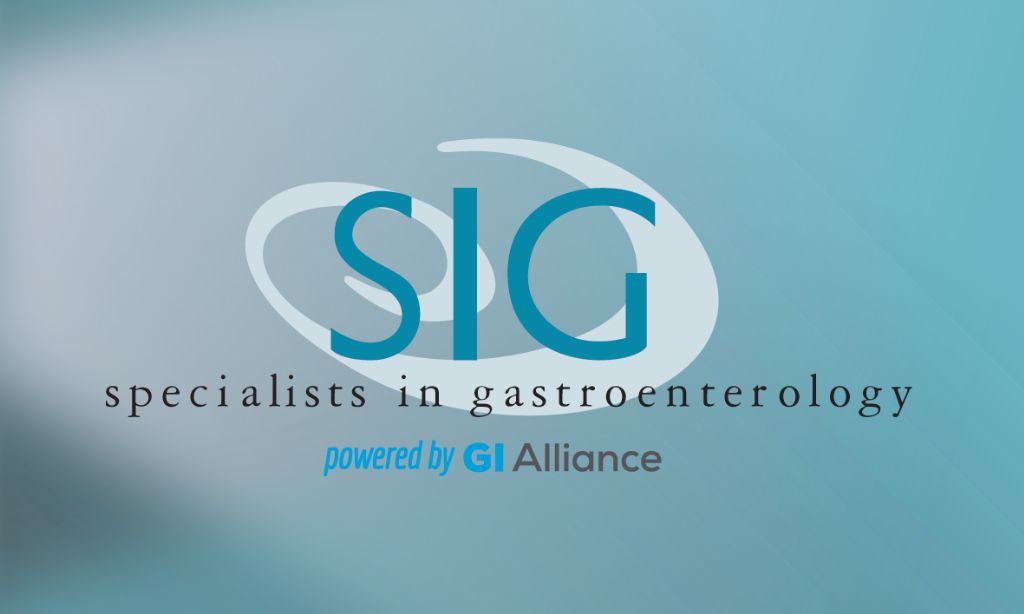What is fiber?
Fiber is part of food that is resistant to digestion and absorption. Fiber helps prevent constipation by providing bulk in the diet and may be helpful in preventing many gastrointestinal conditions.
Why is fiber important to include in your diet?
Fiber can absorb up to 30 times its own weight in water. The body doesn’t actually absorb fiber. It adds bulk and texture to the stool as it passes through the body, keeping your system regular. Because of this we recommend fiber for the treatment or prevention of many digestive tract problems, including hemorrhoids, diverticular disease, irritable bowel syndrome, and cancer. Fiber keeps your stools from becoming either too loose, or dry and hard. If you suffer from diarrhea, fiber may “slow you down.” If you have difficulty with constipation, fiber may “speed you up.” It may actually “normalize” bowel activity.
What are good sources of fiber?
Dietary:
- Whole grains and breads
- Beans and peas
- Nuts and seeds
- Vegetables and fruits, especially those with skins and seeds
Additives:
Psyllium, Methylcellulose, or Polycarbophil (as in Benefiber, Citrucel, Fibercon, Hydrocil, Konsyl, Metamucil)
How should fiber be added to the diet?
Add fiber to your diet slowly to prevent feeling “bloated” and “gassy”.
Choose the following more often:
- Whole grains breakfast cereals – see next page
- Whole wheat bread and other products made with whole wheat flour, such as whole grain crackers and whole grain pasta
- A variety of vegetables, such as carrots, broccoli, cauliflower, brussels sprouts, cabbage, potatoes, celery, green beans, yams, squash and greens
- Beans and spilt peas
- Nuts, seeds and popcorn
- A variety of fruit, such as apples, bananas, grapefruit, oranges, peaches, pineapple and plums
- Unfiltered fruit and vegetable juices
- Whole wheat bread and other products made with whole wheat flour, such as whole grain crackers and whole grain pasta
| Breakfast | Lunch | Dinner |
| Citrus Fruit or juice – 1/2 cup | Soup | Meat, Poultry or Fish |
| High fiber Cereal – 1/2 – 1 cup | Meat or Meat Substitute Vegetables – 1-2 servings | Potato or brown rice – 1/2 cup |
| Whole Grain Toast – 1 slice | Whole Grain Bread – 1-2 slices | Vegetable – 2 serving |
| Butter or Margarine – 1 teaspoon | Fruit – 1/2 cup | Salad |
| Milk – 1 cup | Milk – 1 cup | Fresh Fruit – 1/2 cup |
| Beverage |
High Fiber Cereal: a great way to start – look at the following fiber content and compare with Cheerios – 1 cup = 2 grams fiber. Fiber One ½ cup = 14 grams; Kellogg’s 100% Bran ½ cup = 13 grams; Kashi 1 cup = 12 grams; Post 100% Bran 1/3 cup = 9 grams; Post Raisin Bran 1 cup = 8 grams. Oatmeal 1 cup = 8 grams.
If you are lactose intolerant and cannot drink milk, try “rice milk”, soymilk, or lactaid pills.
| Vegetables | Portion | Grams Fiber | Fruit | Portion | Grams Fiber | |
| Beans (kidney) | 1/2 cup | 5.5 | Apple | Small | 2.8 | |
| Beans (lima) | 1/2 cup | 4.4 | Banana | Medium | 2.0 | |
| Bread-wheat | Slice | 2.0 | Orange | Small | 3.0 | |
| Broccoli | 3/4 cup | 5.0 | Peach | Medium | 2.0 | |
| Carrots (raw) | 4 sticks | 1.7 | Watermelon | Thin Slice | 2.8 | |
| Green Beans | 1/2 cup | 2.1 | ||||
| Green Peas | 1/2 cup | 3.0 | ||||
| Corn | Small | 3.0 | ||||
| Potato | Small | 4.2 | ||||
| Rice (brown) | 1/2 cup | 5.5 |
Note that vegetables have more fiber and usually produce less gas since fruit has fructose sugar in it. Taking Beano capsules until the body is used to them may reduce gas from vegetables.
Fiber supplements: one dose of powder forms of supplements supply 3-5 grams of fiber. Six pills supply 2.4 grams of fiber. There are 3 basic types: Psyllium such as Metamucil is a plant material works by breaking down in the gut and becoming a food source for the “good bacteria” there. Psyllium does contain calories and may cause gas. Methylcellulose such as Citrucel is a fiber that is non-allergenic, non-fermentable and is created from the cell wall of plants. Polycarbophil such as Fibercon is created from plants and is not absorbed by the body. It absorbs water in the intestinal tract and creates a bulkier and softer stool. Polycarbophil is less likely to cause bloating. All three can be used long term.
There is no question that adequate fiber is necessary for good health. Consumption of 20 to 40 grams of fiber per day is possible from food sources alone. However, it is recognized that in the U.S. the average fiber intake is less than 15 grams per day. In light of average intake, fiber supplements are often recommended.

